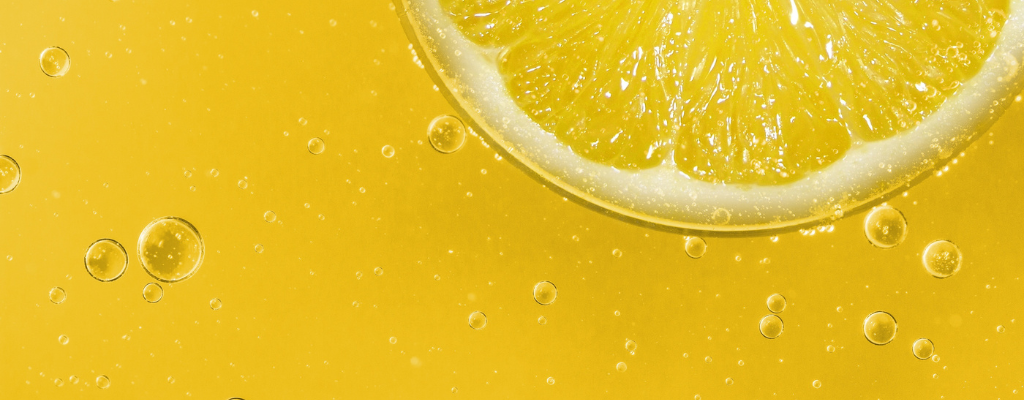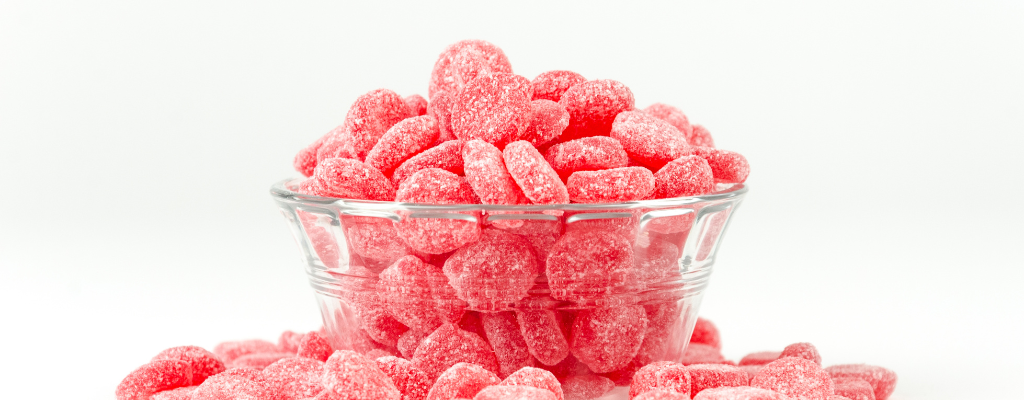Published on September 27, 2023.
Tickle your Tastebuds: Sour
Part 1 of the Tastebud Series.
Taste buds are cells on your tongue that allow you to perceive tastes, including sweet, salty, sour, bitter and umami. Taste buds regenerate approximately every 10 days and the average human can have anywhere from 2,000-10,000 tastbuds. Most taste buds reside on your tongue; however, you can have some on the roof of your mouth as well as your throat.
The taste of sour is a mystery to scientists still. It developed in humans to detect unripe fruit and, therefore, damage our tissue with acids that are too strong for humans to handle. Your tongue registers the presence of sour foods and drinks and it sends signals to the brain. We know that the ability to recognise the sour taste starts at an early age as babies are seen to pucker their lips wihen something is sour. The sour taste originates from highly acidic things that gives a sharpness, making our mouths water (as saliva acts as a buffer to the acid), but also delivers a bright and light finish.
Sour beers have become very popular, great for beer lovers and non-beer lovers as they are more accessible than you think. They challenge the craft beer styles as they can be tart and tangy or they can incredibly complex with notes of fresh hay, tart apple, sour cherries and leather. The sourness can come from fruit and/or it can come a variety of acids imparted by bacteria. They can also have a funkiness from wild yeast like Brettanomyces. Sours can barrel aged for years or they can be soured in as little as 24 hours. They are incredibly thirst-quenching and give a pleasant pucker to refresh your senses.
A sour is an iconic type of cocktail which has just three base ingredients: liquor, citrus (the “sour” part), and sweetener. Even if you don’t realize it, you’ve probably had one before, as classics like the daiquiri, margarita, and Cosmopolitan are all sour cocktails. Though it sounds unpleasantly puckery, a sour has a well-balanced ratio—it’s a time-honored combination that continues to work. The sour is having a renaissance right now, as it was perhaps under-appreciated type of cocktail currently in bars. The sour element of these drinks is extremely important as our taste buds have a limit on how sweet a drink can be. When something is too sweet, it can be cloying and unpleasant. In sour drinks, the sugar becomes a canvas for the citrus and alcohol, letting the notes of the drink be showcased.
Share this article
About the author

Chloe Lewis
Chloe looks after all copywriting and proof-reading for Drink Warehouse UK, working with the Marketing team to deliver educational content to all our customers. She has spent many years in the hospitality sector, moving from behind the bar to now helping venues to stock their own. You can find more from Chloe about beer, cider, spirits, wine, non-alcoholic, soft drinks and RTDs all over our blogs, website, social media and Set The Bar magazine.
Click here to receive the latest and greatest promotions, new products, competitions and so much more straight to your inbox.






